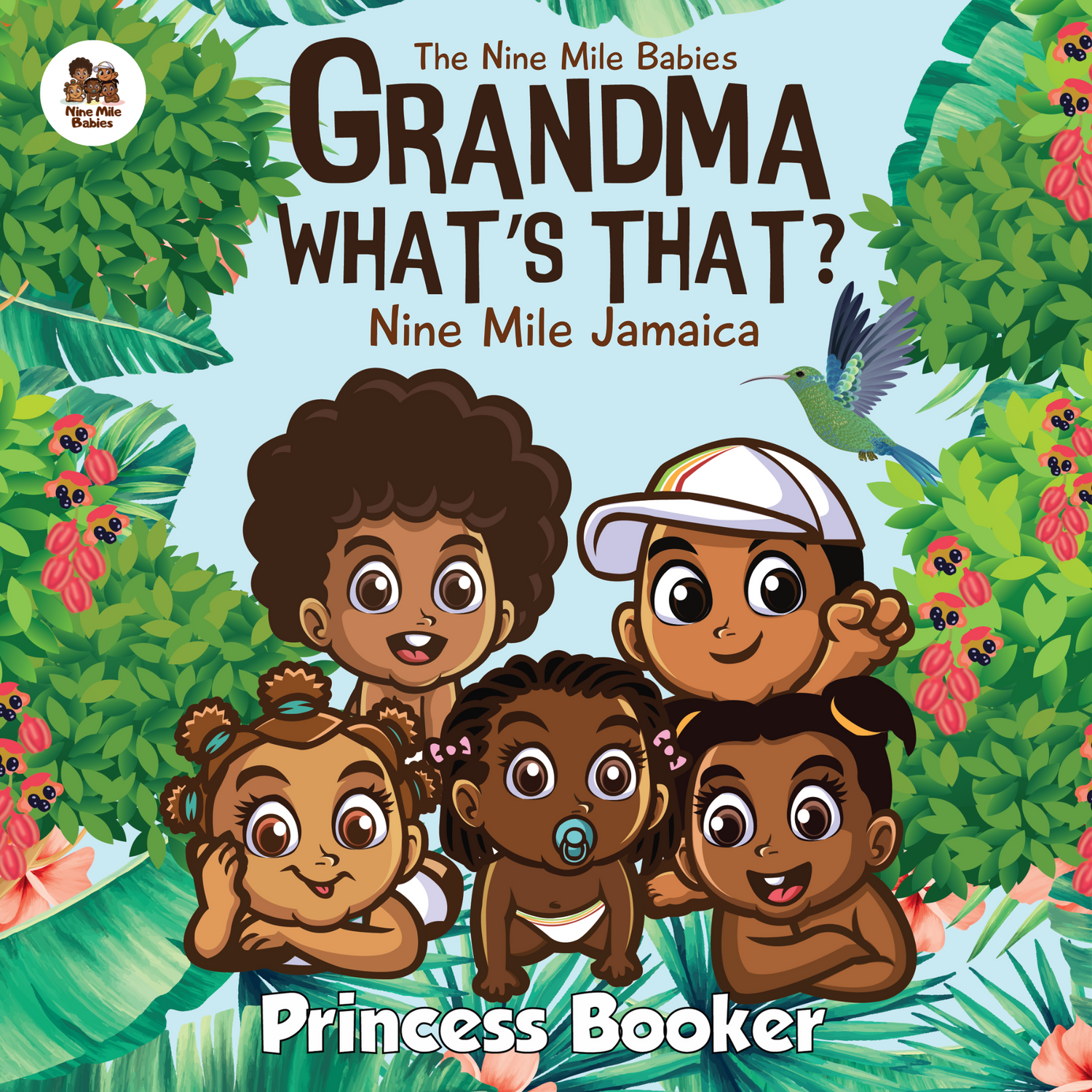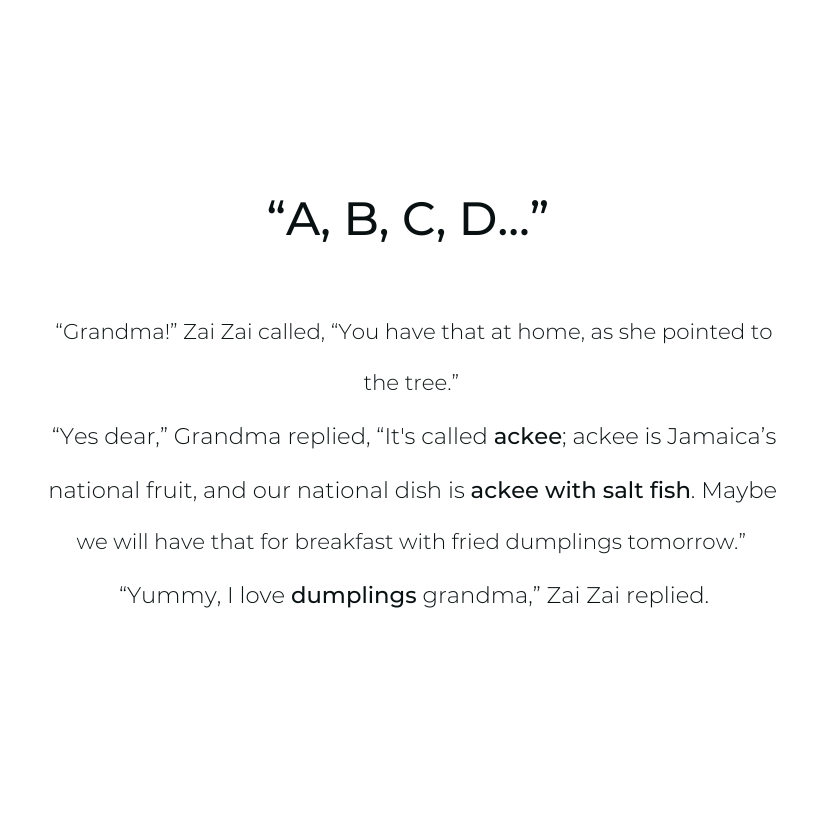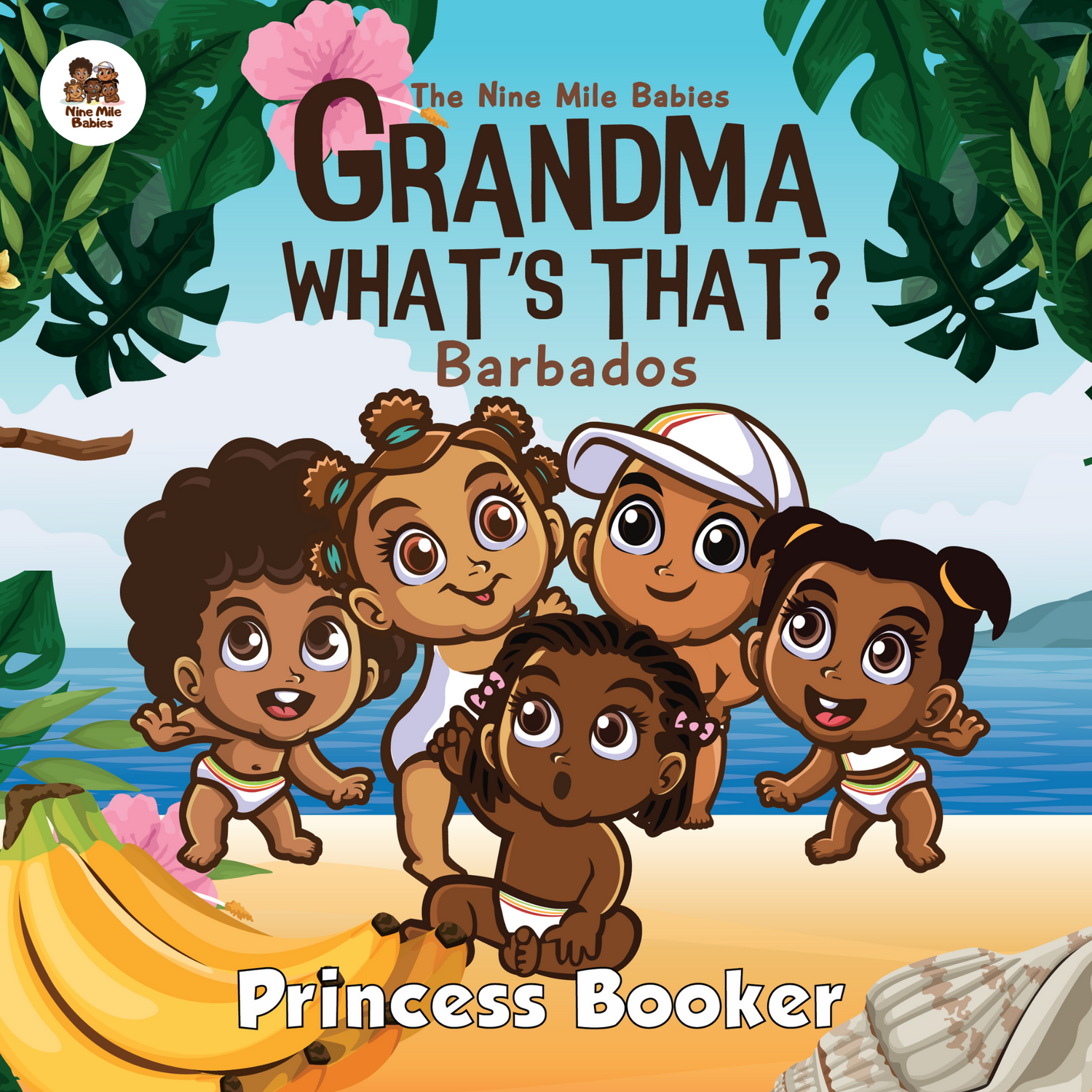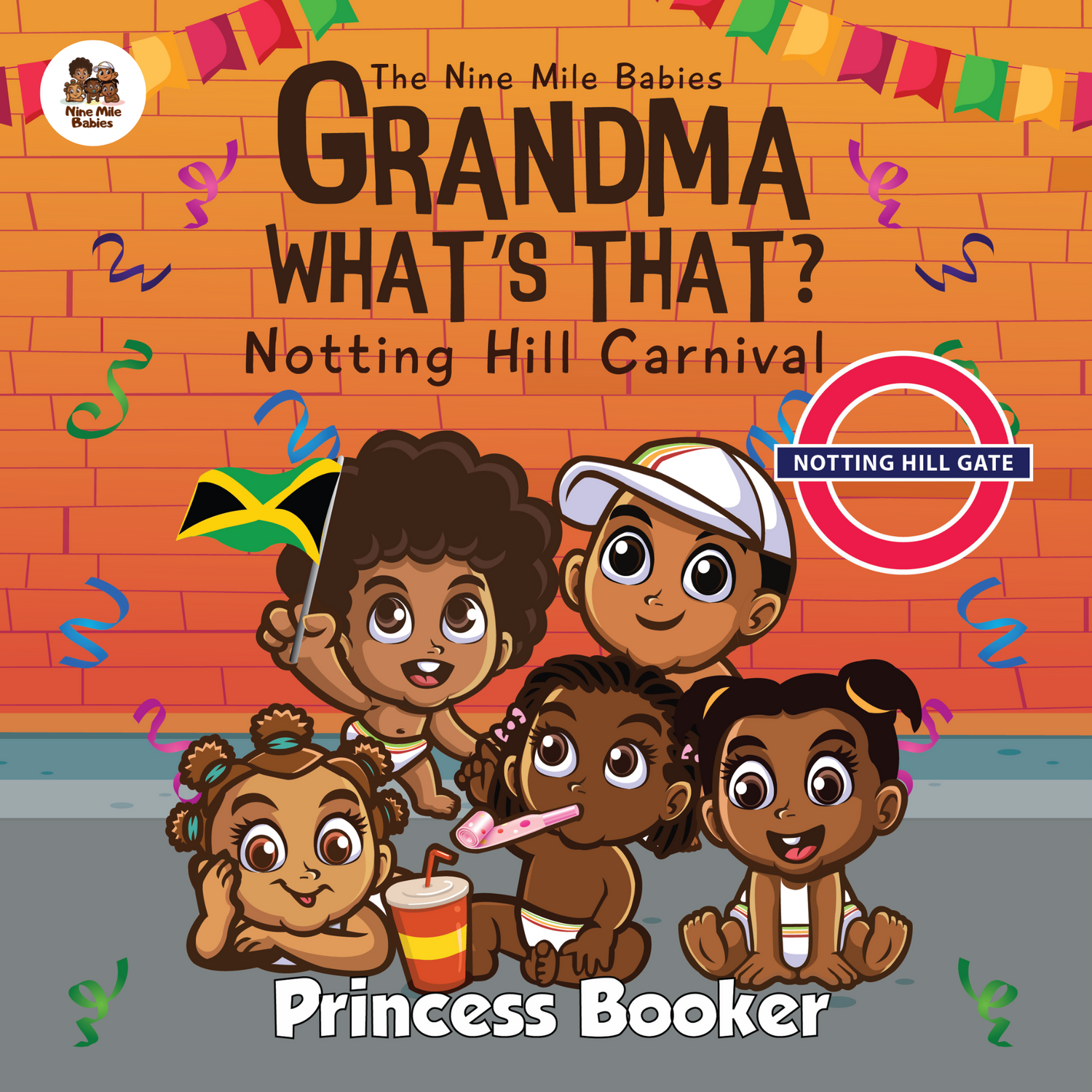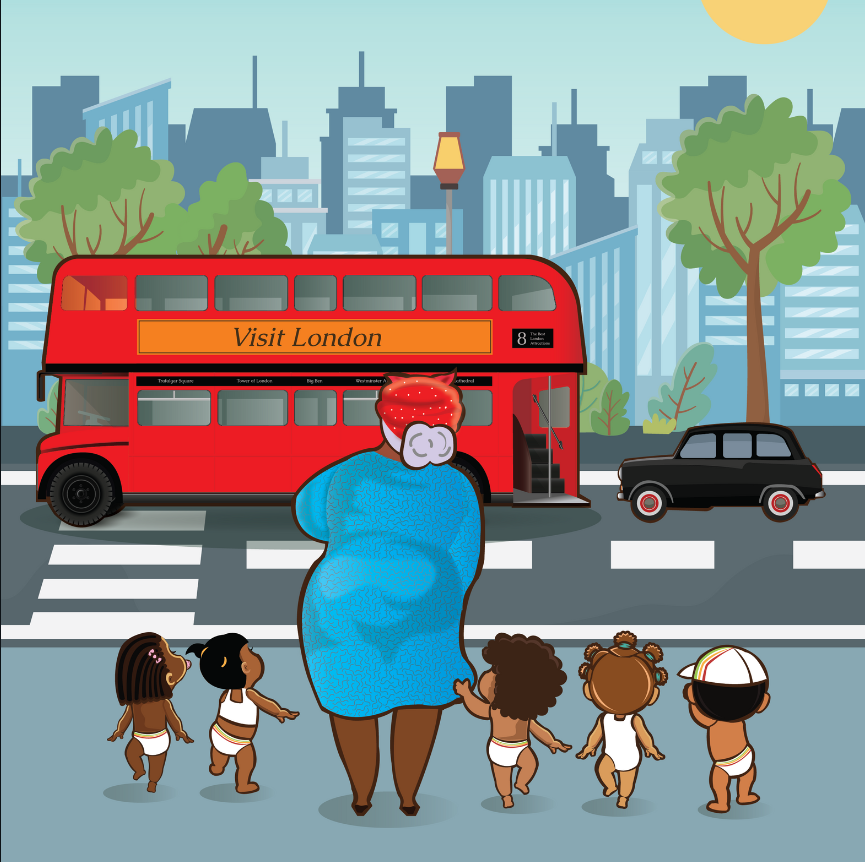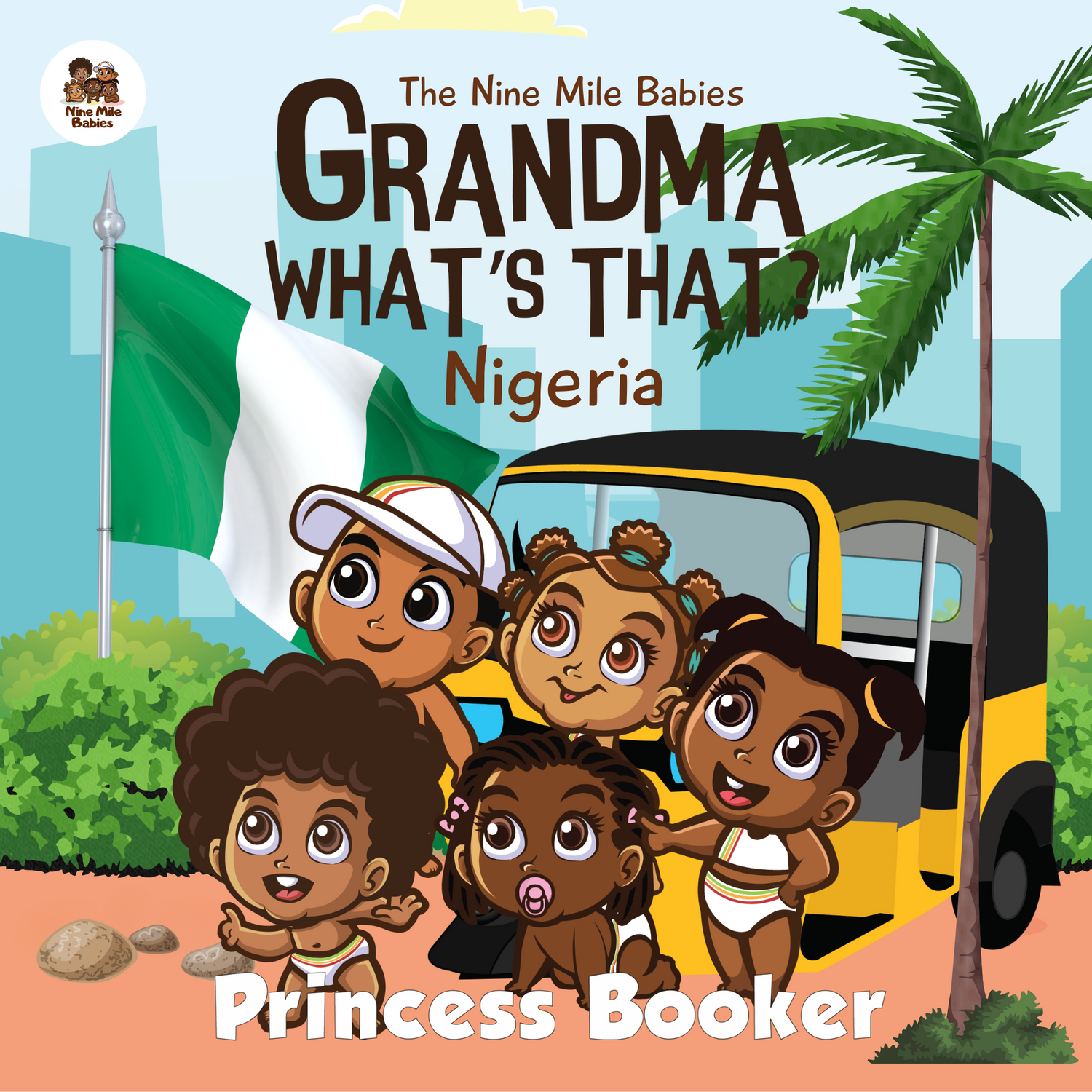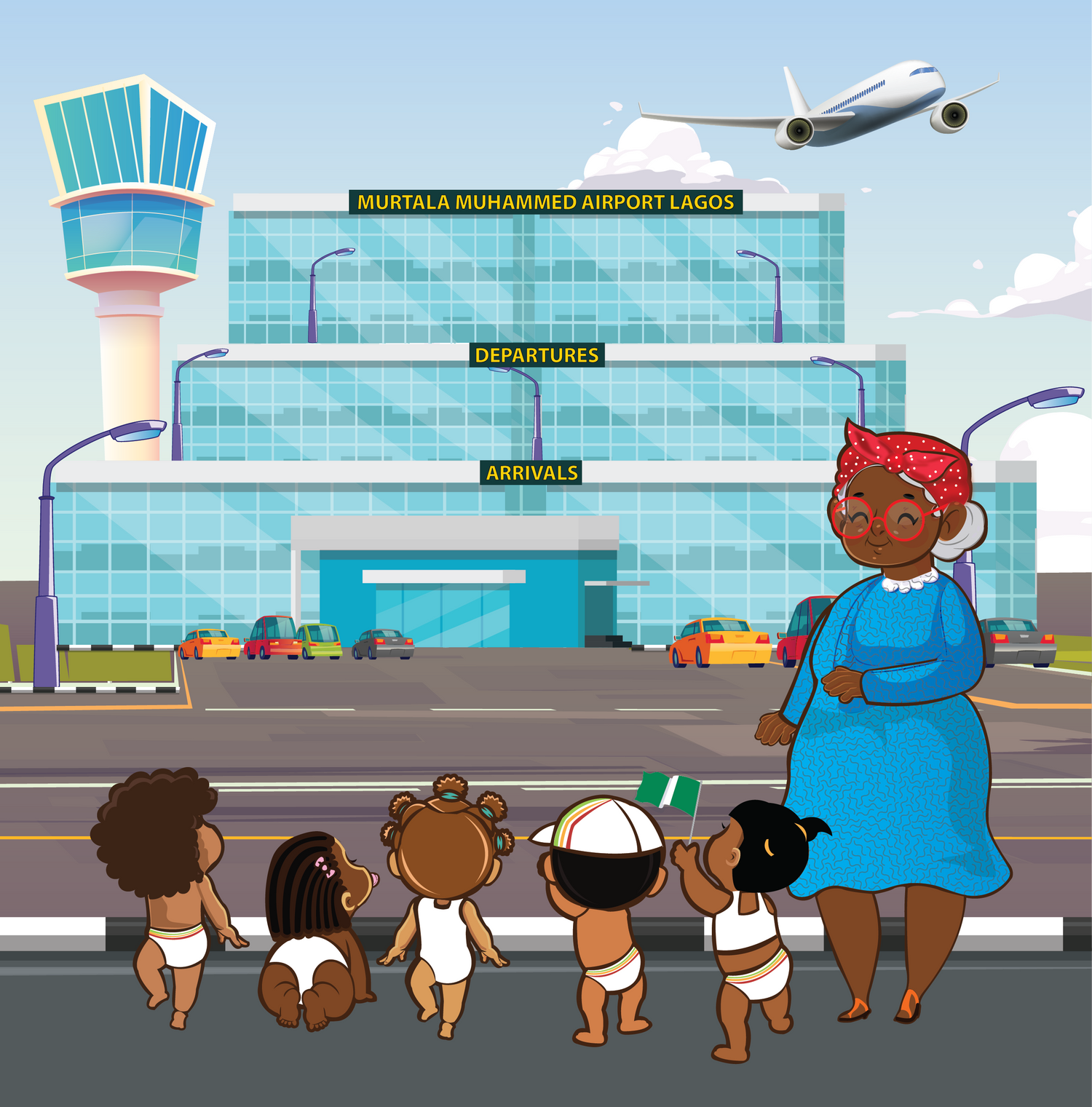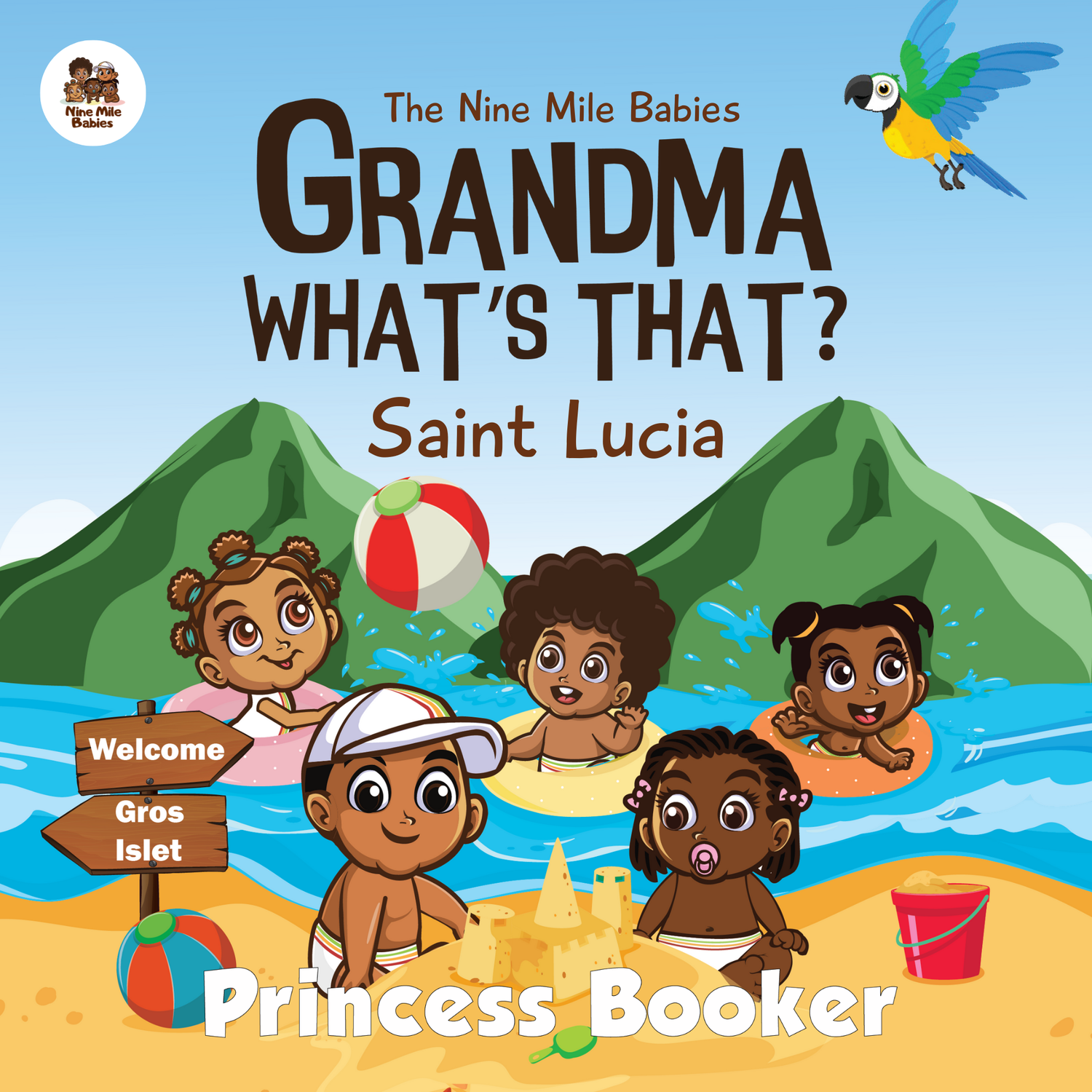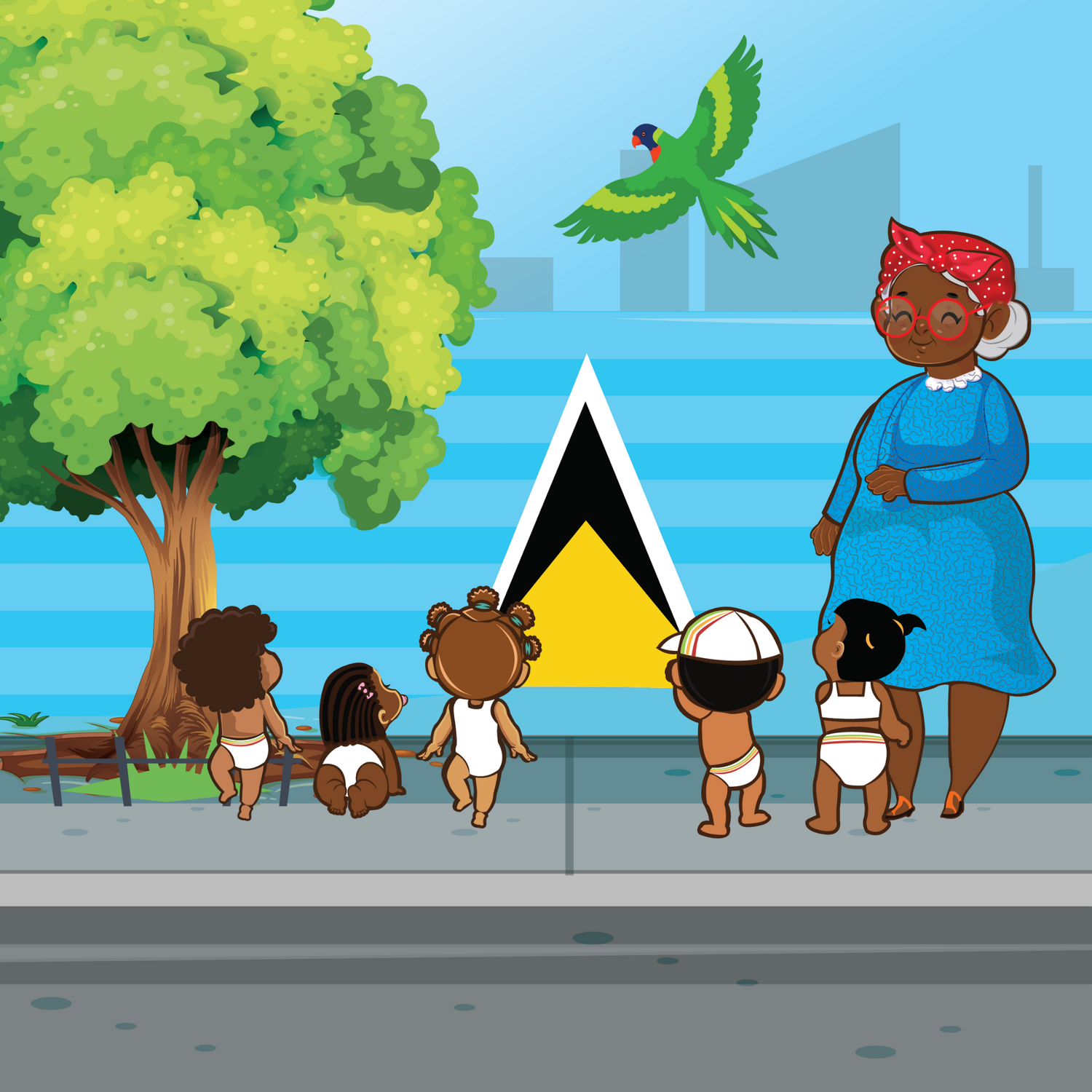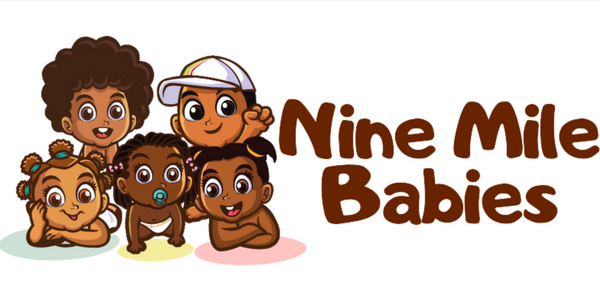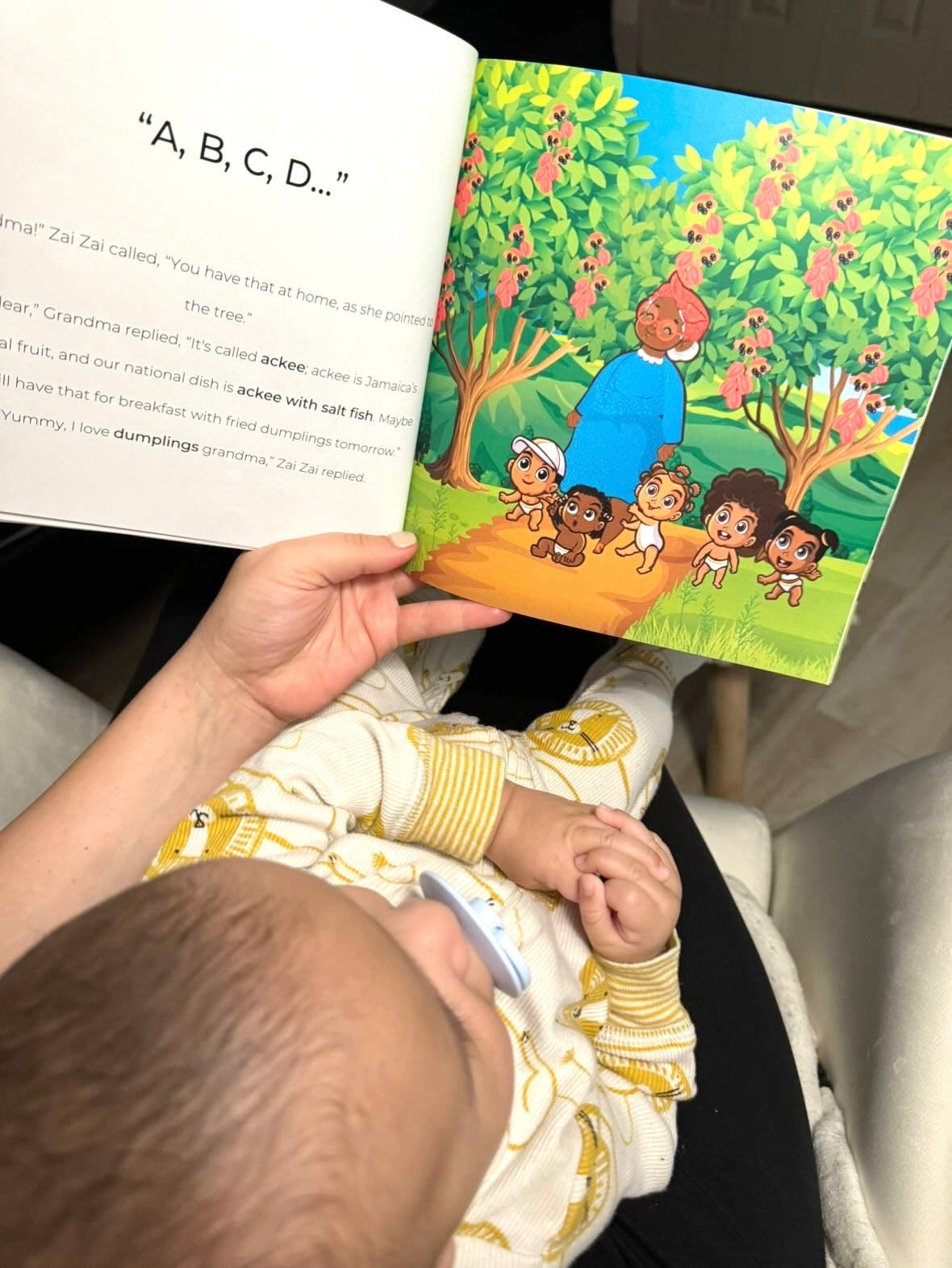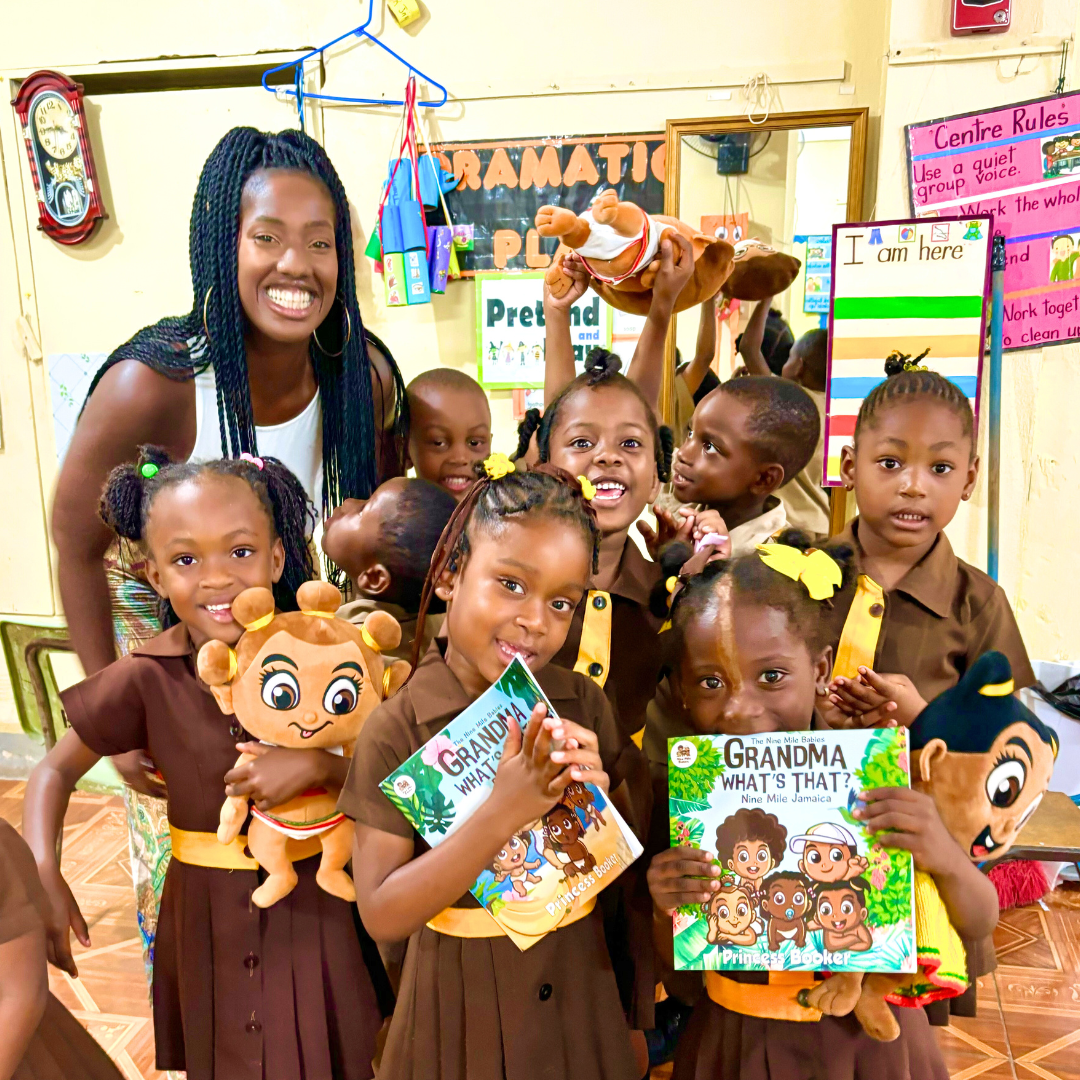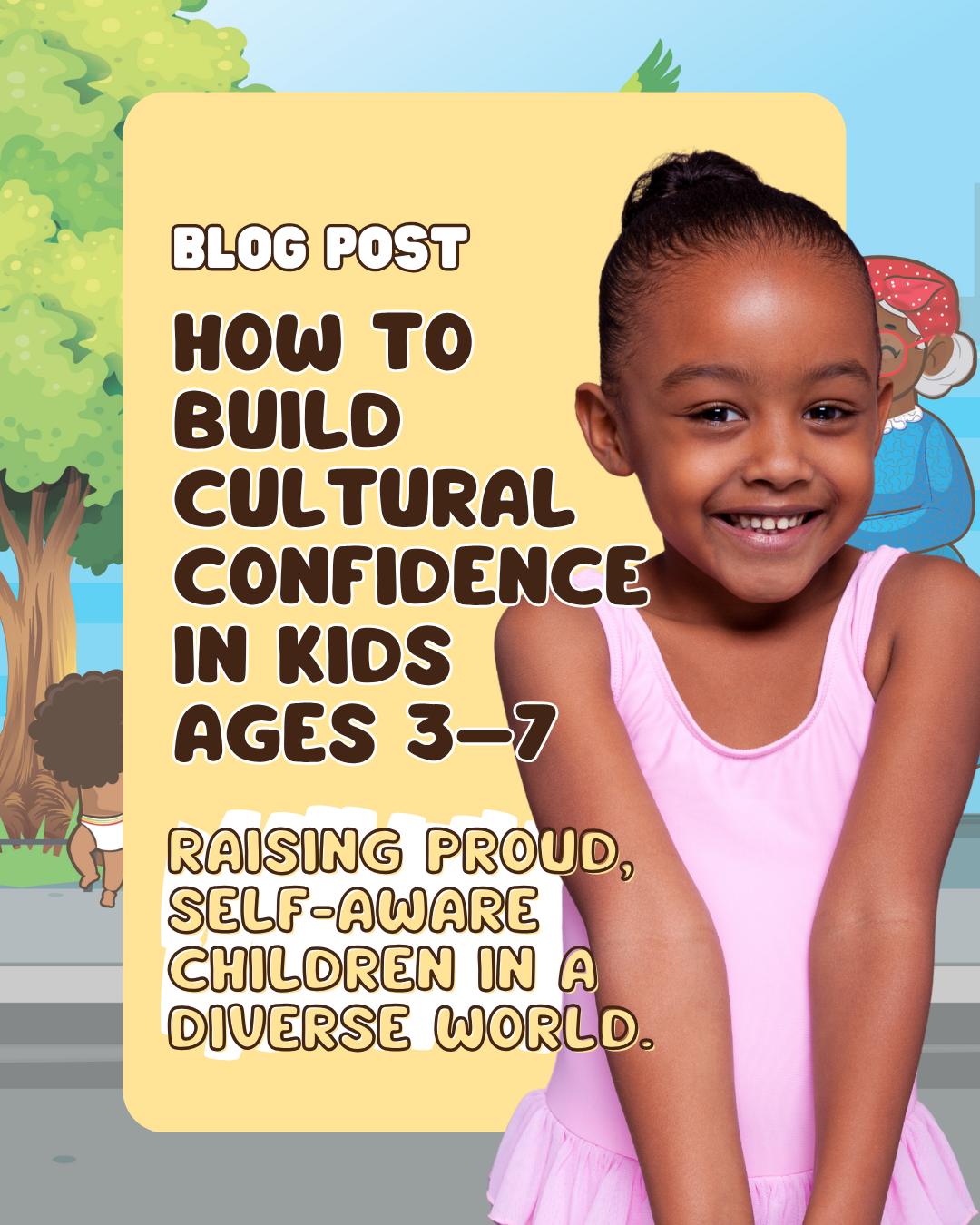Why Cultural Confidence Matters in Early Childhood
Between the ages of 3 and 7, children begin developing a strong sense of identity. They start noticing differences in skin tone, language, hair, and traditions.
Supporting their cultural confidence at this age helps them:
- Feel proud of who they are.
- Build emotional strength and self-esteem.
- Understand and appreciate diversity.
Whether your child is Black, mixed-race or growing up in a multicultural home, introducing culture early helps them feel rooted, seen and celebrated.
1. Celebrate Your Culture in Everyday Life
Make your family’s heritage part of your everyday routines—not just something for holidays or school projects.
Ideas:
- Say affirmations like: “Your curls are beautiful”, “We come from strong people”.
- Cook family recipes and explain where they come from.
- Play music from your heritage during breakfast or bath time.
-
Children reflect what they see at home—so let them see you proud of your culture.
2. Choose Books and Toys That Reflect Them
- Make sure your child's bookshelf and toy box reflect their skin tone, hair type, and heritage. This helps them feel included and celebrated, not “othered.”
Brilliant Books for Ages 3–7:
- Grandma What's That? Book series by Princess Booker
- Hair Love by Matthew A. Cherry
- Look Up! by Nathan Bryon
- I Am Enough by Grace Byers
- The Proudest Blue by Ibtihaj Muhammad
- Sulwe by Lupita Nyong’o
Don't forget dolls, puzzles and posters too—children absorb messages from everything around them.
3. Talk About Race Early—And Honestly
Children begin noticing skin tone differences from as young as two. Don’t avoid the topic—help them understand that differences are beautiful and everyone deserves respect.
Ideas to start with:
- Use crayons or paints to explore skin tones and shades.
- Watch age-appropriate stories that celebrate diversity, then talk about them.
- Share stories about your own childhood or family history.
- You’re not “introducing” race—they’ve already noticed. You’re giving them context and pride.
4. Build a Diverse Community Around Them
Your child’s confidence grows when they see families like theirs in the world around them.
Try to find:
- Local playgroups for Black and mixed-heritage families.
- Black-owned children’s shops, barbers or salons.
- Cultural events, story times or festivals.
- It also gives them role models who look like them—and that matters.
5. Use Affirmations to Build Daily Confidence
Help your child internalise positive messages with short, repeated affirmations. This boosts self-worth and cultural pride.
Print these out or say them aloud each morning:
- “I love my beautiful skin.”
- “I am proud of my curls.”
- “I come from strong people.”
- “I am kind, clever and full of joy.”
- Say them together in the mirror for extra impact.
Final Thoughts!
Cultural confidence doesn’t happen by accident—it’s nurtured on purpose. Whether through books, conversations or music, every little moment adds up. When your child sees their heritage celebrated at home, it gives them the strength to stand tall in the world.
They’ll know exactly who they are—and love it.
